Imagine a technician expert for a nuclear power plant providing support, assistance, and remote help as efficiently as on location. With remote monitoring software, it becomes possible. Avinav Trigunait, Research Director Future of Work, AR/VR and Mobility, believes that “As organizations prepare for the future of work, the lines between digital and physical continue to blur and commercial spending is expected to further gain momentum over the next few quarters…”
According to IDC, only Asia and Pacific spending on augmented and virtual realities, which are an integral part of Extended Reality, will reach $30.7 billion by 2023.
Extended Reality: AR+VR+MR
Remote monitoring software is based on Extended Reality (XR) technology. XR is generally referred to as a bund of technologies, namely Augmented Reality (AR), Virtual Reality (VR), and Mixed Reality (MR). They all reflect the artificially created reality that differs only in the immersion degree.
Virtual Reality (VR) refers to fully artificial reality. With a VR headset, users fall into a fully virtual world, which ensures total visionary and sensory immersion. Augmented Reality, by contrast, provides a “semi-artificial” environment, as it does not create a new reality but only superimposes digital objects on the existing reality. To experience AR-powered remote monitoring management, users also require a digital device. However, unlike VR, AR-environment can be viewed through our commonly used gadgets, such as phones or tablets. In mixed reality or MR, the users interact with a new environment created by merging real and virtual worlds.
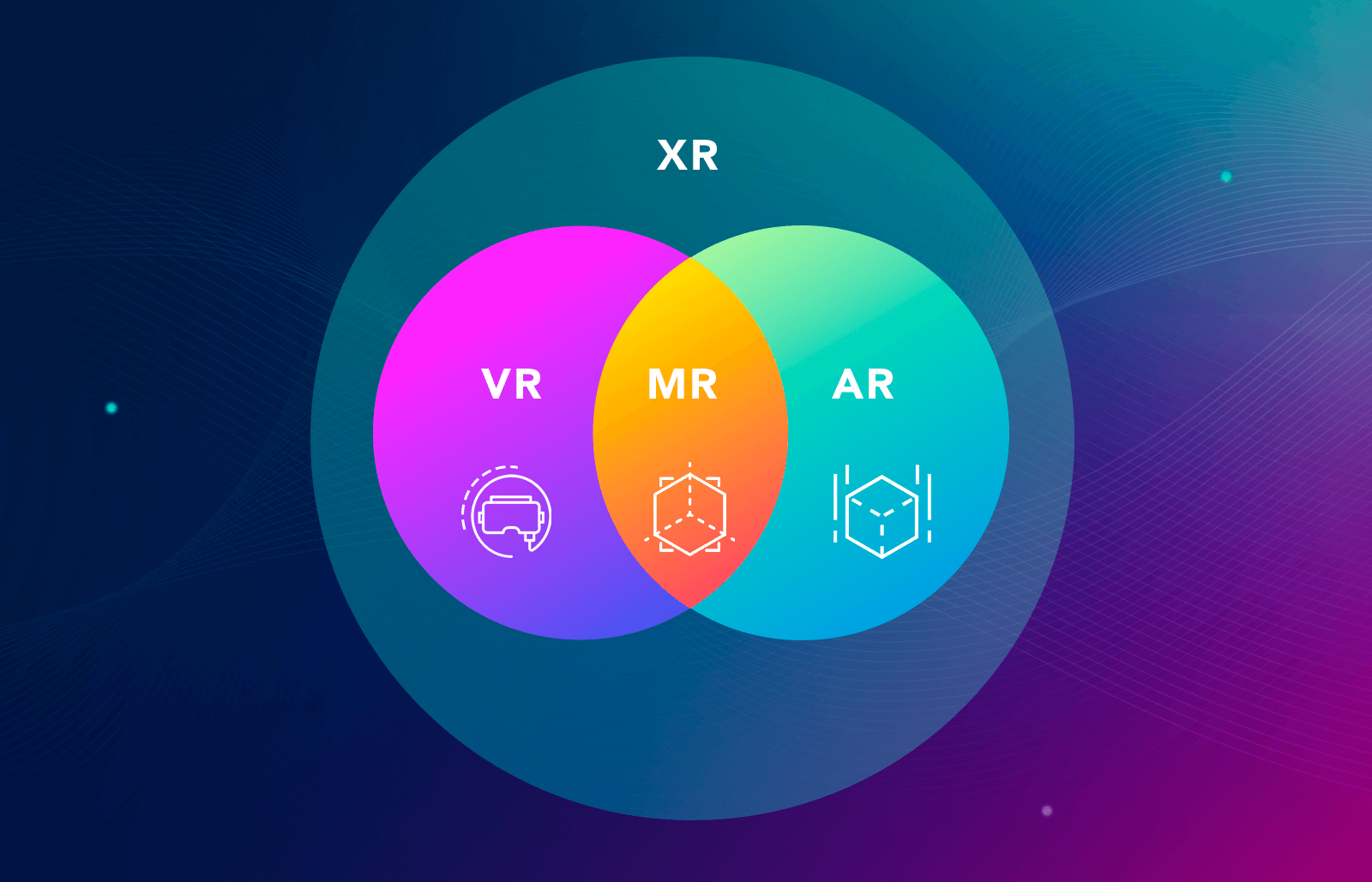
Statista, a global online portal for statistics, industry studies, and surveys, reports:
“As projected in a 2019 report, the business uses of extended reality (XR) technologies worldwide will increase across all industries from 2018 to 2023, with forecasts estimating that in 2023, 35 billion U.S. dollars will be spent on these technologies by the manufacturing and construction industry alone.”
Remote Assistance and Remote Consulting
By clashing the digital and physical worlds, XR has opened many possibilities for various industries. One of its today’s most in-demand applications is remote monitoring management, which involves remote assistance and remote consulting that have shown great potential to revolutionize the traditional maintenance field.
XR applications combine live video streaming with MR technology. In essence, remote assistance enhances collaboration between employees and remote experts. Applying remote assistance solutions allows technical experts to view what remote workers see onsite. Moreover, auditory communication and visual demonstration erases physical boundaries between different sites, allowing workers to be autonomous of their location.
For instance, Porsche provided its technicians with AR glasses that make available step-by-step guidance and schematic drawings across the line vision and, at the same time, allow remote experts to view everything that the technicians see to provide the needed support or required feedback.
“Tech Live Look is the kind of digital innovation Porsche values because it raises the quality of the customer experience,” Klaus Zellmer, president and CEO of PCNA, said in a statement. “By solving issues faster, our dealer partners can get their customers back into cars with less disruption. And our overall service quality increases as we share expertise more efficiently between our experts and dealer technicians.”
Additionally, by employing VR, XR takes remote consulting and collaboration to the next level. Particularly well-suited for replicating any work environment, VR allows to interact with users in an artificially created environment virtually. A prominent example is the well-known automotive company Ford, which, with VR technology, has enabled its designers to collaborate across different geographical locations to virtually observe and test freshly designed vehicle models with their engineering teams.
Michael Smith, a design manager at Ford, said that this solution added: “More voices to the conversation in a virtual environment, which results in more efficient design work that may help accelerate a vehicle program’s development.”
Remote Assistance: Self-Guidance vs. Peer-Guidance
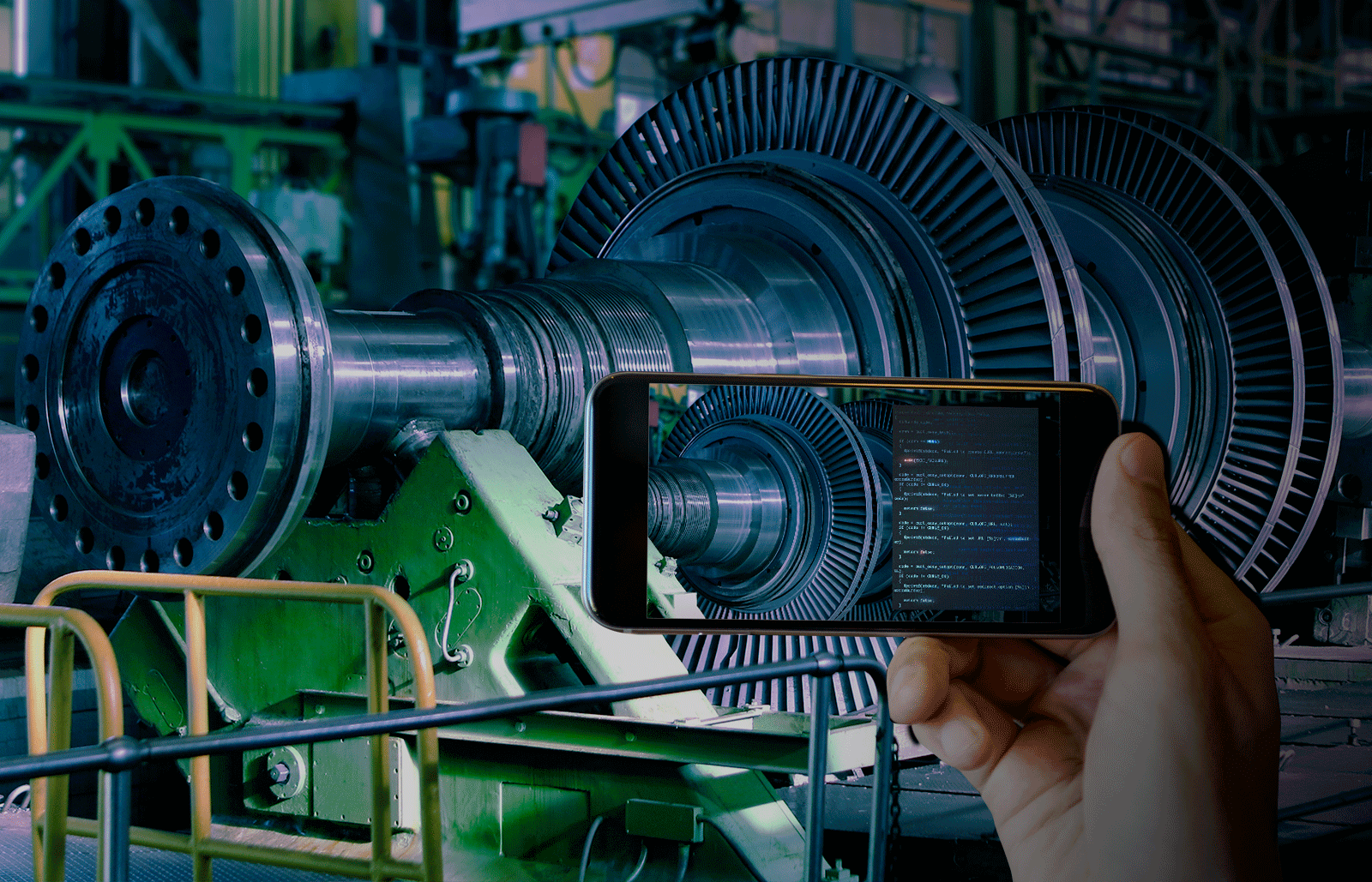
Speaking about remote assistance, it is important to mention that it offers two different approaches or, in other words, options: self-guidance and peer-guidance. In the first case, digital information associated with a particular object or its component is visualized directly on a see-through display, such as a smartphone screen or AR glasses. The augmentation appears in the relevant location and offers users step-by-step guidance by providing technical instruction on the physical location without any help from remote experts on-site.
Peer-guidance, by contrast, refers to the live human support of field technicians. This application allows company experts to guide field workers in real time. When needed, by using AR equipment, subject matter experts can guide workers on location, giving them eyes, ears, and hands on the ground.
Implementation of Remote Support Solutions
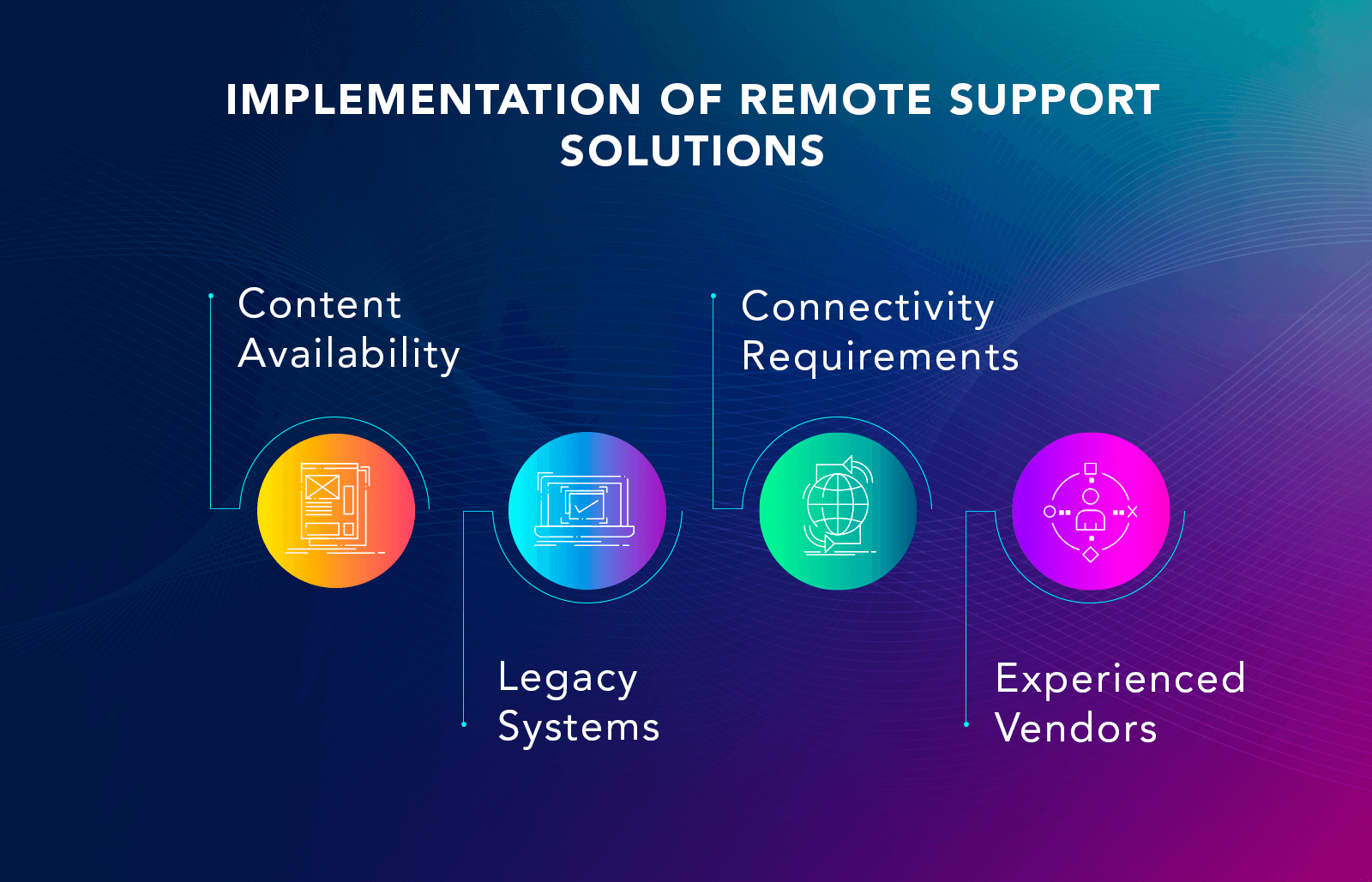
Before deciding to implement a remote support solution, it is necessary to consider several important issues.
Content Availability
In order to successfully apply XR, an enterprise has to ensure the readiness of its repository content and data available for remote support software. XR-powered systems require various types of data, such as technical metrics, system specifications, as well as valuable statistics. All these data are to be standardized in order to enable an effective automation process, which is often quite challenging. As Capgemini says in its research on AR/VR, “To be successful, organizations need to think in terms of information rather than hardware.”
Connectivity Requirements
Most XR-based systems require a very high level of connectivity and bandwidth for efficient remote collaboration. Network connectivity and computing power are crucial elements for all XR software, especially for remote support solutions. Thus, to take advantage of remote assistance and consulting solutions, a company has to ensure the required level of network connectivity.
Legacy Systems
Existing technology systems, for instance, enterprise resource planning (ERP) or product lifecycle management (PLM) are also to be kept in mind. Careful integration of XR tools with legacy points is a very challenging and important step in implementing remote support solutions.
Experienced Vendor
In order to eliminate all complexities of software implementation, it is highly recommended to find an experienced and reliable software provider that will help to get the most out of XR through effective development and implementation of XR-powered assistance and collaboration solutions.
Benefits of Remote Monitoring Management
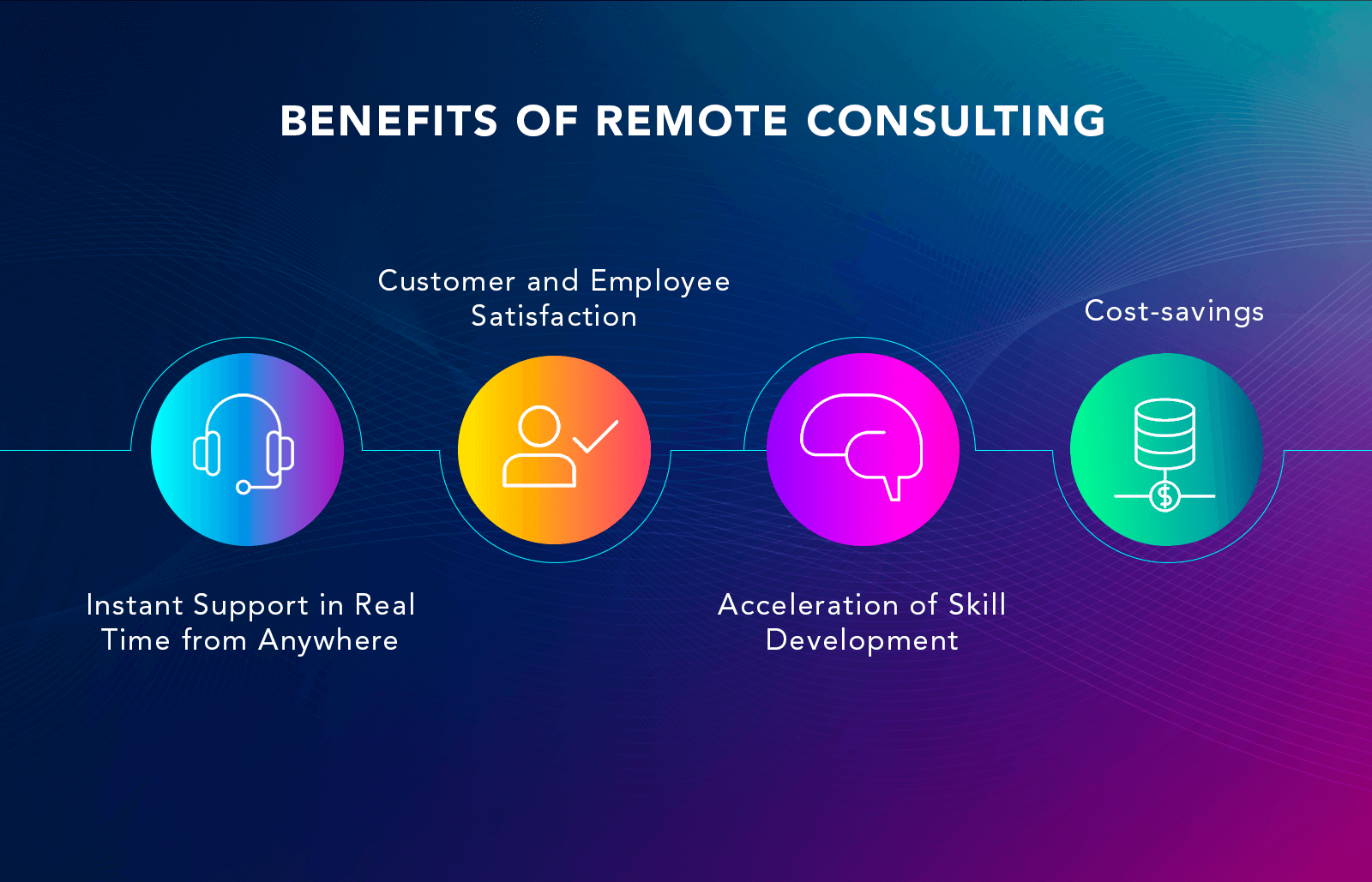
Instant Support in Real Time From Anywhere
Using remote monitoring software, experts can promptly provide technical support to on-field employees, customers, and even suppliers. An expert can get easy access to a viewed object from anywhere in any part of the world and provide instant consulting remotely.
Customer and Employee Satisfaction
Due to remote support unattended access, experts can provide their help and assistance even when a client is physically unavailable, which is quite attractive for clients as they do not have to adjust their schedules to the arrival of an expert to their location. In addition, it is a very effective tool for employees who immediately get guidance from more experienced specialists.
Acceleration of Skill Development
The fact that a new generation of workers comes with limited knowledge and that older and more competent professionals are increasingly retiring makes companies think about how to overcome this problem. This is where XR comes to the aid, allowing a more qualified specialist to train newcomers remotely, thus accelerating the process of skill development.
Cost-savings
Obviously, the reduction of travel costs due to the use of XR applications leads to significant cost savings.
Softengi’s Experience with Remote Consulting
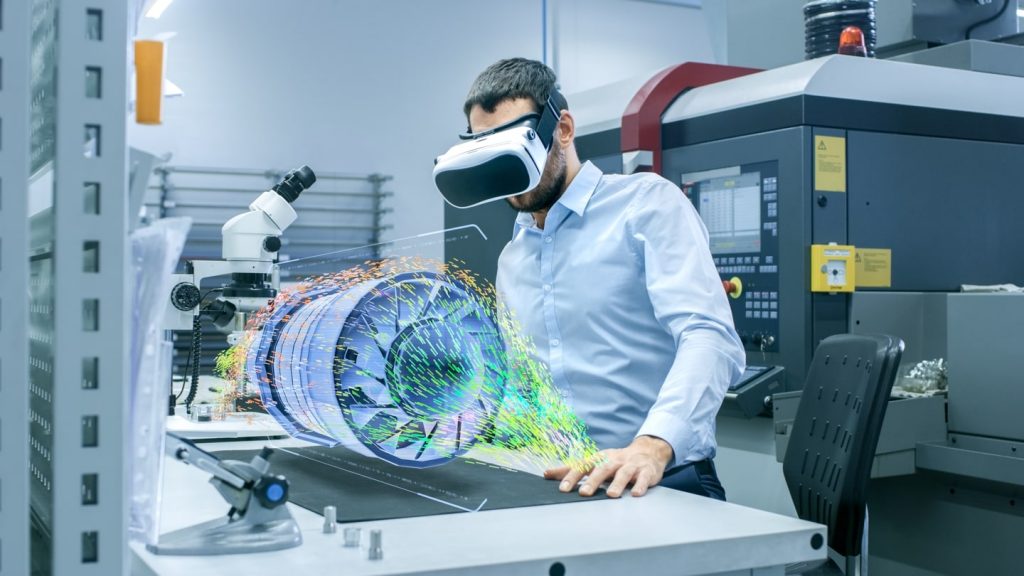
Softengi has developed a remote monitoring solution for a European manufacturer of deep-drilling machines. This application connects specialists from different continents, allowing them to collaborate in real time without delays or glitches. Moreover, the Softengi team has created digital twins of equipment, namely, 100% accurate 3D replicas of deep drilling machines that can be displayed on a tablet or viewed through mixed reality glasses.
If you want to know more about this application, click here.




